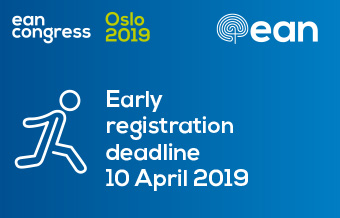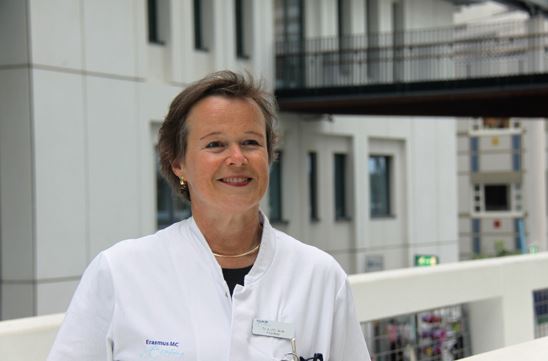CME TOPICAL SYMPOSIUM: Spinal muscular atrophy
Ulrike Schara, Essen, Germany
Enrico Bertini, Roma, Italy
Diagnosis of spinal muscular atrophy
W.Ludo Van Der Pol, Utrecht, The Netherlands
Clinical aspects of spinal muscular atrophy
Ulrike Schara, Essen, Germany
Therapy and management of spinal muscular atrophy
Enrico Bertini, Roma, Italy
Spinal muscular atrophy (SMA) is an autosomal recessive neurological condition that seems to be present in all populations. SMA is genetically mediated and is the second most common infantile disease causing morbidity and mortality.
It is characterised by a ubiquitous deficiency in the survival of motor neuron (SMN) protein, secondary to biallelic mutations in the survival motor neuron 1 (SMN1) gene, with the persistence of a second, neighbouring, highly homologous centromeric gene, SMN2, that acts as a modifier of severity. It contains a C-to-T variation in exon 7 affecting a splice enhancer and determining the exclusion of exon 7 in the majority of its transcript. This leads to a high proportion of an unstable protein that cannot substitute for mutant SMN1. For unexplained reasons, ubiquitous deficiency of the SMN protein mostly affects alpha motor neurons.
Dr. Ludo van der Pol from Utrecht in the Netherlands explained how to perform a correct diagnosis of SMA. He reported that the carrier rate in SMA is about 1:30-50, while the incidence is 1:6,000-10,000. In the Netherlands, it has been estimated that there are at least 20 new cases per year. He clearly stated that in suspected cases, the genetic test is the gold standard and must be requested as soon as possible to achieve a timely diagnosis, pointing out that nowadays there are several new methodologies available to correctly diagnose SMA. Genetic analysis is mainly based on the search for deletions (95%) or point mutations (5%) in the SMN1 gene
Dr. Ulrike Schara from Essen, Germany, reported on the clinical aspects of SMA. There are four different types of SMA. The most severe is type I (Werdnig-Hoffmann disease), which appears in the first few months of life and is accompanied by severe hypotonia and muscle weakness (“floppy infant”). Babies diagnosed with SMA type 1 do not generally live past the age of two.
SMA type 2 is the intermediate form affecting children with delayed motor development. They are able to maintain a sitting position at least some time in their lives. Muscle weakness usually appears between six and 18 months. The progression of the disease is different in these children, and scoliosis can be present, as well as respiratory problems and cardiac affection.
Patients with SMA type III (Kugelberg-Welander disease) usually demonstrate milder but variable progression of the disease, with normal motor development or delayed free walking, or even proximal muscle weakness in the lower limbs. Type IV is the adult form of SMA and usually appears after the age of 30. Each of the first three types of SMA need specific care that may vary according to the severity of cases, but is mainly based on pulmonary, gastrointestinal and orthopaedic treatment.
Prof. Enrico Bertini from Rome, Italy, spoke about SMA therapy and management.
He said that until now, the disorder had been untreatable, and management had relied on supportive care to address complications and maximise clinical and motor functions. Following successful preclinical studies and intensive studies on SMN function, a new therapeutic molecule, nusinersen, is now available and has been approved by regulatory authorities. This innovative treatment consists of an antisense oligonucleotide (ASO), which, when administered intrathecally, increases exon 7 inclusion in the majority of the SMN2 mRNA, boosting production of fully functional SMN protein. This treatment of SMA can prevent degeneration of nerve-muscle connections and is effective in limiting the severity of the disease, allowing young children to reach developmental milestones that SMA patients never normally achieve. Alternative advanced therapies, such as viral vector mediated gene therapy and orally available small molecules, have also produced promising results in early clinical trial phases.
By Antonio Toscano















